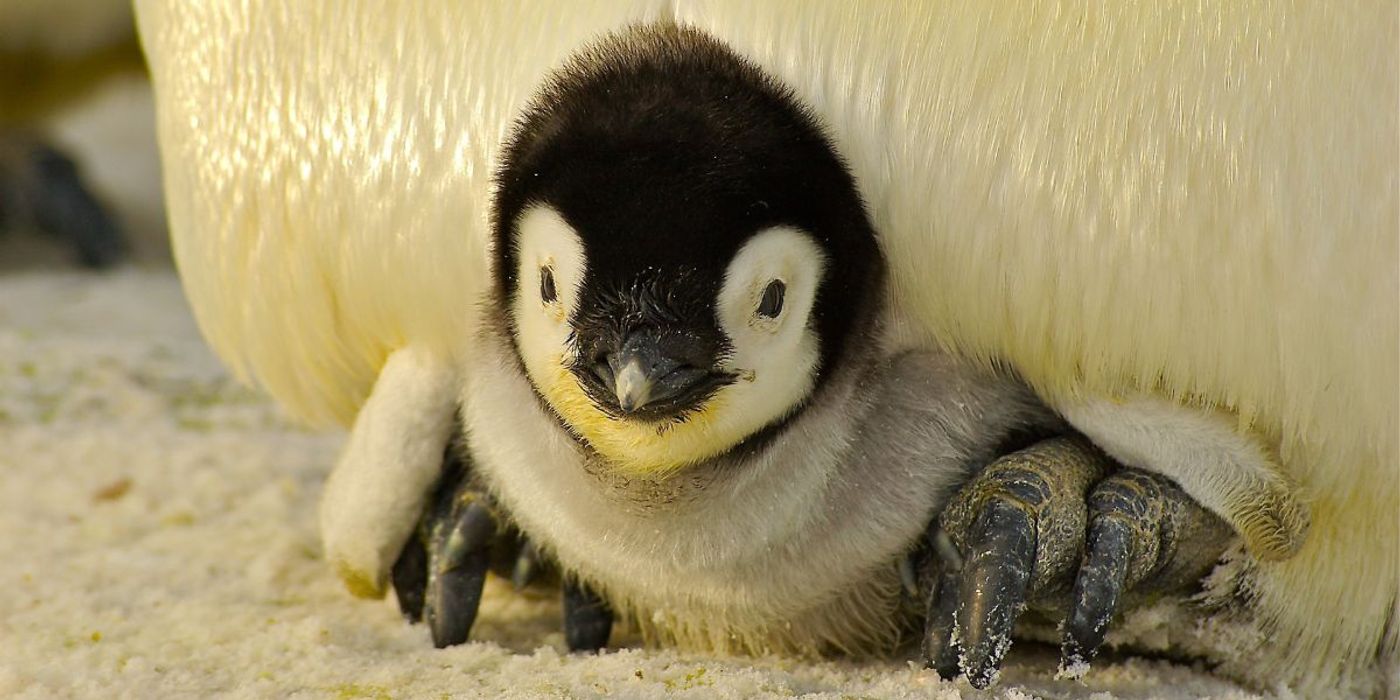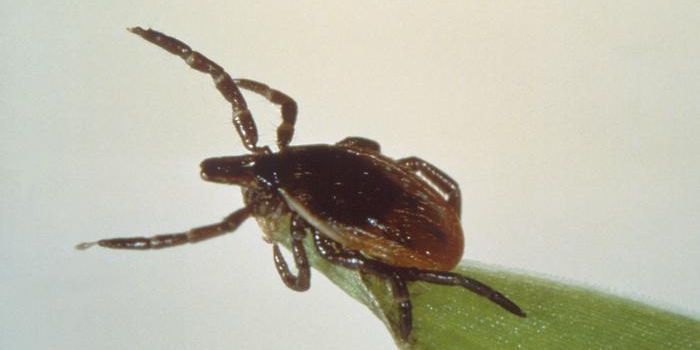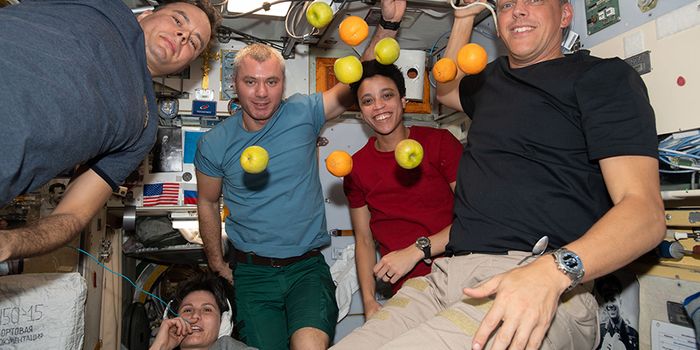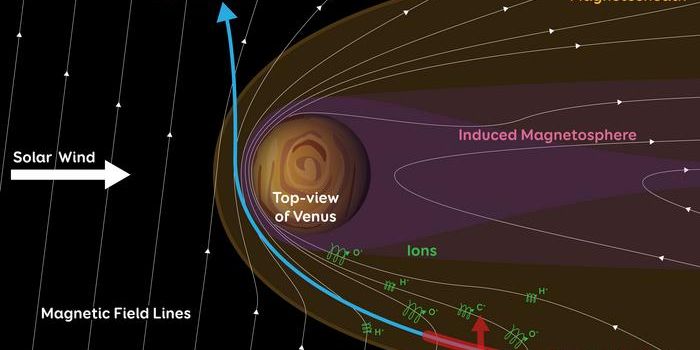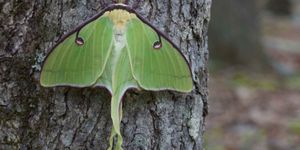Shrinking Krill Population Threatens Antarctic Ecosystem
Large-scale climate patterns have a direct impact on the reproductive success of female Antarctic krill, which in turn has a negative effect on the Antarctic ecosystem. The study was published in Marine Ecology Progress Series by researchers from Oregon State University.
Antarctic krill are a type of zooplankton that live between five and seven years and grow to little more than two inches in length. They are considered a 'keystone species' as they form the main diet for marine predators in the Antarctic region, including penguins, seals, whales, and fish. They are also used as feed for fish farms and as a source of omega-3 oil for supplements.
The western Antarctic peninsula is a popular fishing spot, one of the biggest areas for krill spawning. It is also the fastest-warming area of Antarctica and has seen krill numbers decline in recent years. Understanding the factors that affect population patterns of Antarctic krill, say the researchers, is important for predicting future demographic fluctuations.
For the study, the researchers examined krill population data from 1993 to 2008. In doing so, they found that the healthier female krill of reproductive age were during spawning season, the more juvenile krill there would be in following years. They also found that fluctuations in large-scale climate patterns and seasonal variations in climate were the most significant predictors of female health during the spawning season.
The Western Antarctic Peninsula's climate patterns are regulated by the Southern Annual Mode (SAM) and the Multivariate El Nino Southern Oscillation Index (MEI). Fluctuations in these patterns affect the availability of food sources for Antarctic krill.
The climate data examined by the researchers showed that SAM has been trending positively in recent years, meaning it has been warmer and more intense. This positive phase is predicted to continue under climate change, and continue to have a negative effect on female krill during spawning season.
"It is really critical to start including climate change impacts as part of the plan," said Kim Bernard, one of the authors of the study "Antarctic krill are a super unique and fascinating species. So many predators feed on them. If you have a collapse of the krill population, you would be putting all of those populations at risk."
The researchers highlighted that Adelie penguins rely on mature, female krill as a food source due to their high lipid content. In particular, they can help penguin chicks survive the winter. The researchers noted that a decline in krill populations is linked to reduced numbers of Adelie penguins in the Northern parts of the Antarctic Peninsula.
Sources: Marine Ecology Progress Series, CCAMLR, Science Daily
-
APR 30, 2024Immuno-Oncology Virtual Event Series 2024
-
MAY 07, 20243rd International Biosecurity Virtual Symposium
-
JUN 06, 2024The Future of Scientific Conferencing
- See More
